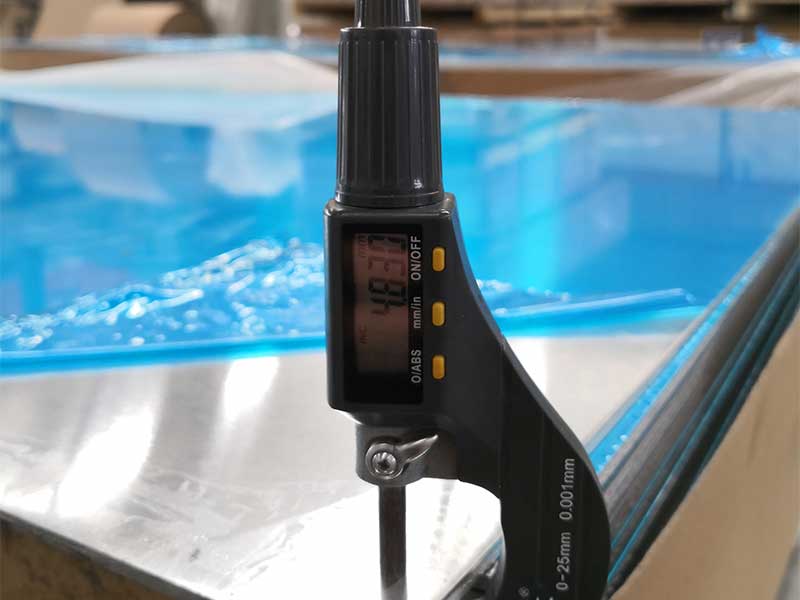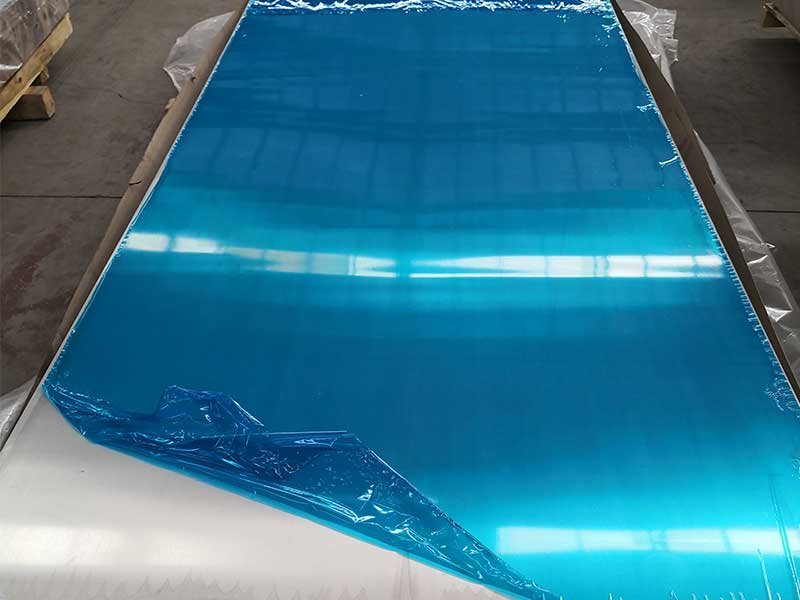The thickness of the anodized film obtained by chromic acid anodization is 2μm~5μm, the porosity is low, the film is soft, and the wear resistance is poor. Due to the less dissolution of aluminum, the parts can still maintain the original accuracy after the anodized film is formed. and surface roughness, so this process is suitable for precision parts.

If the chromium content is too high or too low, the anodizing ability will be reduced, but a slightly higher content is allowed. Sandblasting and oxidation strengthen the cleaning before dyeing. After the product is taken out from the oxidation tank, it should be fully cleaned, especially the cracks and blind holes of the workpiece. Otherwise, the residual acid will slowly flow out during dyeing, so that the pH of the dyeing solution deviates from normal. range, and the color of its parts is obviously different from other places, and even corrodes the oxide film. The electrolyte with too low chromium content is unstable. It will cause the quality of the film to decrease.
Chloride ions, sulfate ions and trivalent chromium ions in the chromic acid anodizing electrolyte are all harmful impurities. Chloride ions will cause etching of parts; an increase in the number of sulfate ions will make the anodic oxide film from transparent to opaque and shorten the service life of the chromic acid solution; too much trivalent chromium ions will make the anodic oxide film darker and less Light.
Within 15 minutes of the start of anodization, the voltage was gradually increased from 0V to 40V, and the increase did not exceed 5V each time to keep the current within the specified range. When the cell voltage reached 40V, it was maintained until the end of the anodization. Aluminum oxidation processing The chemical oxidation oxide film is thin, with a thickness of about 0.5 to 4 microns, and is porous, soft, and has good adsorption properties. It can be used as the bottom layer of organic coatings, but its wear resistance and corrosion resistance are not as good as anodes. Oxide film.











